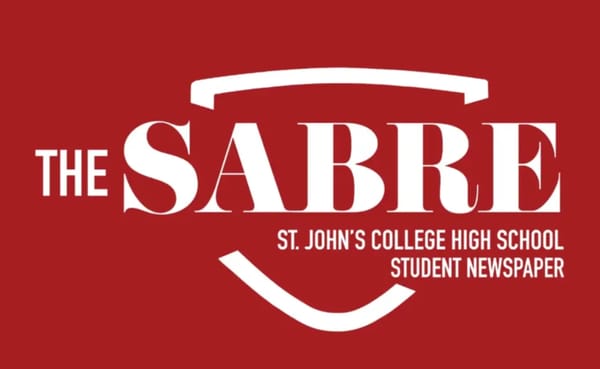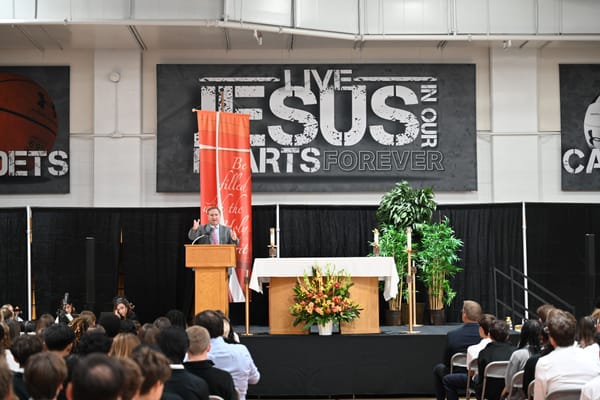Crew Team Has High Expectations


It’s the start of another school year at St John’s, and that means the start of “the most arduous sport there is, by far,” according to Assistant Crew Coach Forrest Schuster.
The fall season is primarily used for conditioning and figuring out lineups, with meets consisting of longer races, between two and a half to four miles long. The winter season is entirely strength training on rowing machines, and then comes the main spring season, with races of just under a mile.
The fall season brings its own challenges, starting at the end of summer. “It’s demanding. When you’re out there in the heat, in really demanding conditions, you face heat exhaustion,” Schuster said.
Even if you stay hydrated to avoid heat stroke, other issues could arise. “Your hands get so sweaty that the oar starts spinning in your hands; you get perspiration in your eyes, such that you can no longer keep them open,” Schuster said.
“Crew is a very physically demanding sport, but it’s also very rewarding,” said Daniel Cohen ’20. “With running, it’s maybe 20 percent anaerobic [exercise]; with crew, it’s 80 to 90 percent, which means your muscles are burning all the time.”
Ryon Sarkarzadeh ’20 agreed. “It’s very rigorous, it’s the entire school year, and if you know how to manage your time wisely, you should do it because it’s very fun.”
“The team is great because it starts with the kids,” Head Coach Tim Cullen said of his crew program. “They all come in with a very good attitude…they’re ready to work, and learn, and have a little fun during both, which is all you can ask for. And after three years here, the good thing is nothing has changed about that. It was that way when I came here and it’s still that way now.”
“Crew, because of how much time you spend with all the other rowers, it really becomes like a family, and that’s the main part of it,” Cohen added. “You go out seven days a week, sometimes there’s long bus trips, and everyone really comes together.”
The crew team saw a large senior class graduate last year. The boy’s varsity team lost five rowers and a coxswain, which is the person at the front of the boat that steers and keeps the rowers in rhythm. On the girls’ side, a few rowers have go on to row for NCAA Division I colleges, including Zoe Barnes ’18, who signed to row for Villanova.
“I don’t look at it as being a rebuilding year,” Cullen said, “because we’re getting good novices who are coming up through the system both on the [boys’ and girls’] side.”
This year, both coaches are also trying to draw in athletes from other sports to row, using the intense regimen as a method for athletes to maintain their physical fitness year-round. “I want to go to the other coaches at this school and…recruit other athletes to row for us, so that we could have one or two or three other athletes, a football player, a hockey player, a soccer player, all incorporated…they’ll be playing football [for example] in the fall and not with us, but we can teach them how to row quickly, and get them in in the spring,” Schuster said.
“I don’t see the need for an athlete to concentrate on a single sport for the entirety of the year,” Cullen added. “And athletes who can perform well in other sports generally perform even better when they row than if they rowed all year long.”
Whether or not the team can add to their roster for this spring, the St John’s crew team still has high hopes for the fall season and year as a whole. As Cullen said: “The expectations are high, but I don’t think they are incapable of meeting what they want to do as far their goals are.”




